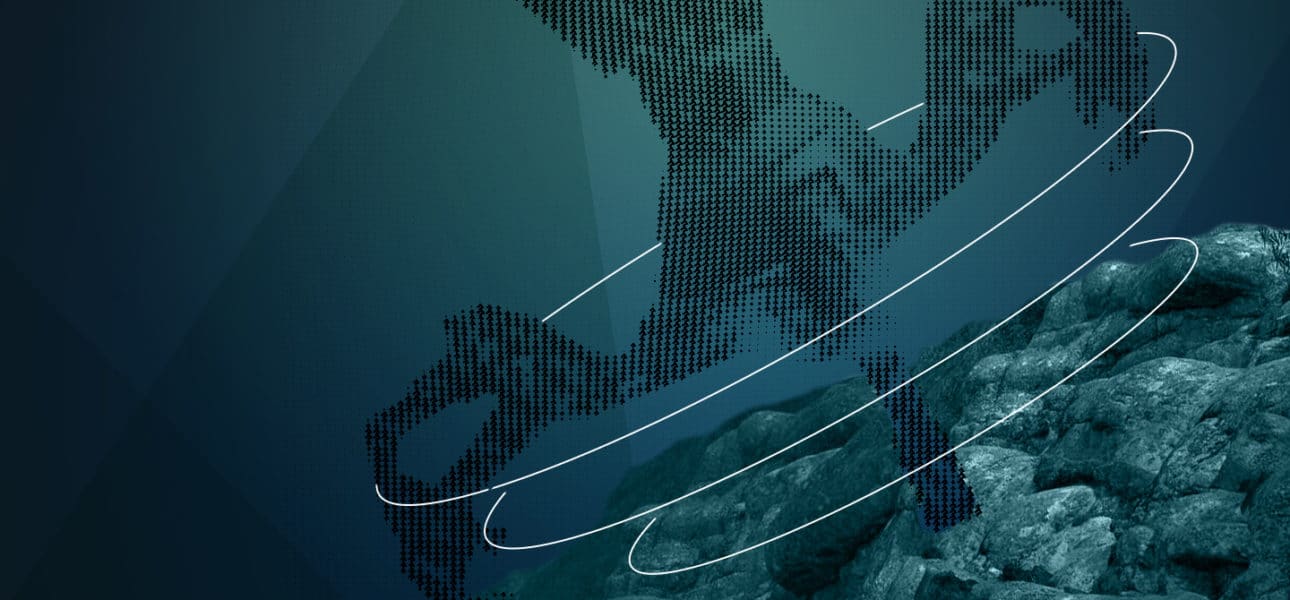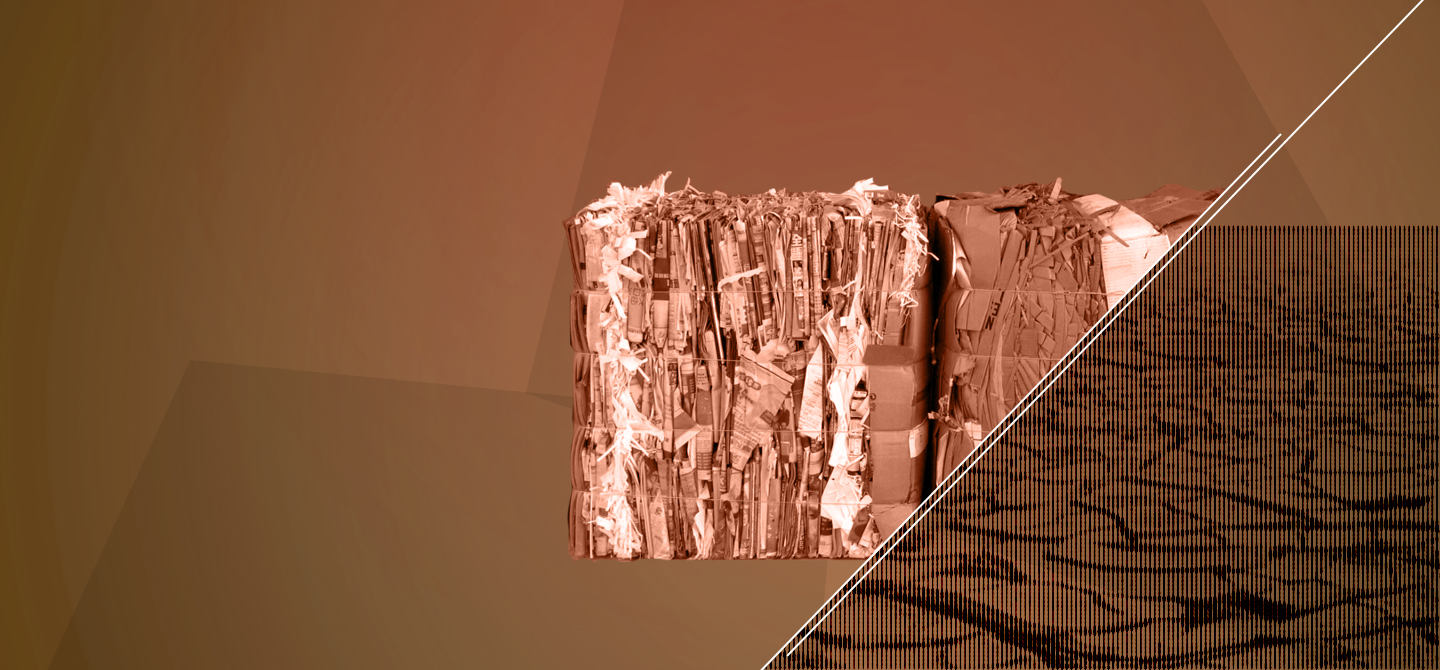What are the known deep-sea mineral resources?
There are three geological objects containing resources of interest: polymetallic nodules enriched in manganese, iron, cobalt, nickel, and copper; crusts containing manganese, iron, cobalt and platinum; and sulphide clusters rich in copper, zinc and sometimes gold and silver. Nodules and crusts are distributed over large areas, unlike sulphide clusters.
All may also contain so-called rare metals such as certain rare elements, tellurium, zirconium, indium, germanium, etc. These resources are widely used in new technologies such as smartphones and technologies for the energy transition. For example, neodymium is used in permanent magnets for wind turbines, and cobalt in batteries.
Three contexts rich in mineral resources
Different environmental and geological conditions lead to the formation of metal-rich objects on the seabed.
Sulphide clusters are formed by the circulation of water at depth within rocks from the earth’s mantle. On contact with them, the water becomes enriched with dissolved minerals. When it rises to the bottom of the ocean, the minerals precipitate out in the form of sulphide clusters. They are found sporadically at depths of 800 to 5,000 metres, at ridges or at the edges of submarine volcanoes in the interior of plates.
Crusts are rocky clusters covering square kilometres of the seabed, from 400 to 4,000 metres depth. They form where environmental conditions – ocean currents, oxygen content, etc. – limit the deposition of sediment. They form where environmental conditions – sea currents, oxygen levels, etc. – limit the deposition of sediment on the seabed. Gradually, various metals contained in the seawater precipitate to the bottom and aggregate to form the crusts. They grow at a rate of a few millimetres per million years.
Polymetallic nodules are dark balls 5 to 10 centimetres in diameter, found on the abyssal plains (3000 to 5500 metres deep). At this depth, numerous small particles of “waste” (pieces of eroded rock, remains of animal skeletons, etc.) sediment on the bottom of the water. They serve as a support on which the metals contained in the sea water accumulate, as in the case of crusts.
Aren’t these minerals already being exploited on land?
Yes. At present, the known resources of metals on land are much higher than at sea. And for some of them, such as manganese, nickel, copper and cobalt, the onshore deposits will not be used up for several decades. Little is known about marine resources. The known sulphide deposits on the ocean floor represent only 0.5% of the tonnage of their land-based equivalents. This is still very little! In the case of polymetallic nodules, the cobalt resource in the exploration contract held by France would represent at most 4% of the cobalt resources available on land 1, despite its distribution over an area equivalent to that of the Occitanie region (~75,000 km2).
If exploitation is envisaged in the coming decades, it will not be because of a lack of availability on land but rather for a question of sovereignty.
Exploitation of the seabed therefore has important geopolitical interests… Which states are involved in this race?
The Challenger exploration campaign led by the British at the end of the 19th Century marked the beginning of oceanographic exploration. It was during this campaign that polymetallic nodules and crusts were described for the first time. Numerous exploration missions focusing on nodules followed from the 1960s onwards, enabling the identification of the Clarion-Clipperton zone (eastern Pacific), which is rich in polymetallic nodules. Interest waned in the 1980s due to the fall in metal prices.
But since the mid-2000s, the surge in metal prices has revived deep-sea exploration. The first international exploration contracts were awarded in 2001 to Russia, China, Japan, France, India, and an international consortium 2. Since then, 25 new contracts – 23 of them after 2011 – have been awarded on the three different marine mineral resources. This craze is marked by geopolitical and strategic issues: in 2011, China produced 95% of rare elements and gallium, 68% of germanium and 57% of indium, metals used in high technology and green energy. In Papua New Guinea, the former Canadian company Nautilus Minerals was the first to obtain a mining licence (for sulphide deposits). Mining never started and the company is no longer in activity.
Do we have any idea of the economic potential of the deep sea?
There is no assessment of exploitable marine resources at present. Some work has been done to estimate the potential amount of metal available: for example, the Clarion-Clipperton zone could contain up to 340 million tonnes of nickel and 275 million tonnes of copper. But these estimates are highly uncertain. At best, they indicate a maximum potential because not all of this resource is exploitable! The exploitable portion depends on metal prices, operating and environmental costs and legal, social, and governmental factors. If all these parameters are considered, it can very quickly be reduced to zero.
The environmental cost remains a big unknown. We imagine that it could prove to be very significant: the Clarion-Clipperton zone covers an area larger than the European Union! Exploration remains essential to characterise the available resources in greater detail and to make a better inventory of the associated fauna. This will take several more years for the nodules. For crusts and sulphide clusters, knowledge of the resource is even more limited.
Are we already technically capable of exploiting deep-sea minerals?
No, not yet. This is one of the other challenges: industrialists are focused on polymetallic nodules in the hope of developing an extraction technology that would enable them to position themselves on the gear market if it were to open up.
Last year, the Belgian company Global Sea Mineral Resources tested a prototype nodule extractor on a 1/4 scale. But they are still far from having a complete mining system: they have yet to develop the riser (a tube that allows material to be brought up from the seabed) and the support vessel that operates the collector, recovers the minerals and manages the waste. All of this is adapted to depths of 5,000 metres, whereas certain technologies well mastered by oil tankers do not exceed 2,000 metres. No complete or scaled system has ever been tested in real conditions. For inking, it will be a matter of recovering a fairly thin plate from a hard substrate and no prototype exists to date.








